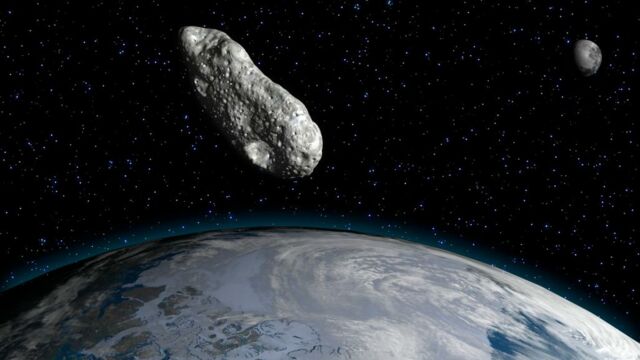It’s not every day that you hear the news of a giant space rock whizzing past Earth. NASA recently reported that a gigantic asteroid will graze past Earth within the next few days. However, there is no reason to panic, because the celestial object is several million miles away from our planet.
Discover our latest podcast
Distance of the asteroid
NASA reported that an asteroid named, 388945 (2008 TZ3), will arrive on Sunday, May 15. The space rock will circle around a great distance of 9,012,326 kilometres from our planet. Therefore, there is no risk of collision. However, this won't stop NASA from keeping a very close eye on this celestial object. The approaching asteroid is estimated to be the size of The Eiffel Tower or even the Empire State Building.
Past asteroid encounters
This asteroid is known to revolve particularly close to the Earth and came the closest in May 2020. It is estimated to be 220x489 metres wide and will most likely not occur again until May 2024.
It is not deemed hazardous as of yet, however, NASA observed that it is getting closer to Earth each time around. Therefore, it could be harmful in the future, as the asteroid is massive.
As per the New York Times, a few weeks ago, the government agency also disclosed the information about the arrival of another potentially dangerous asteroid: 418135 (2008 AG33). This one passed within 3.2 million kilometres of the Earth.
This article is translated from GentsideFR.
Read more:
⋙ Here's how to watch the Eta Aquariids meteor shower tonight















